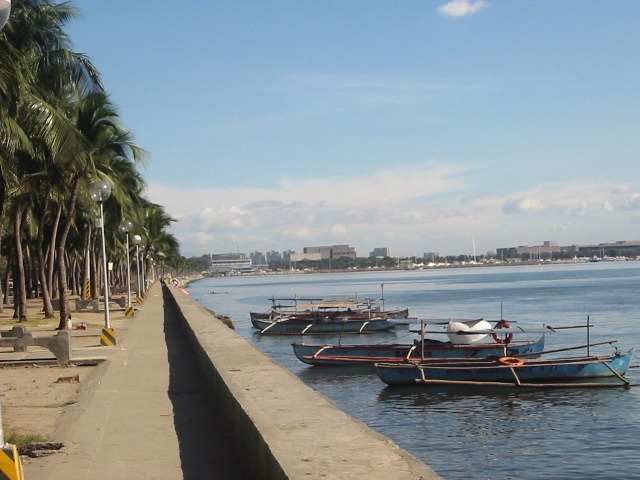By: K K Agarwal, Sr. Associate Editor-ICN Group
A relatively new development is the incorporation of all the cities and municipalities comprising the Manila metropolitan area into one unit–a “mega-city”–called “Metro Manila.”
MANILA: Manila is considered as the major center of commerce, banking, and financial as well as tourism, transportation, and real estate. It is also considered as the most densely populated city in the world because of its small area yet has 42,857 people per square kilometer.
Manila City proper is bounded on the north by Navotas and Caloocan City, on the northeast by Quezon City and San Juan del Monte, on the southeast by Mandaluyong and Makati, and on the south by Pasay City. It faces beautiful Manila Bay to the west.
The City of Manila occupies a unique position in Philippine political geography, for it is both a chartered city, and also it fulfills the functions of a province for the four cities and thirteen municipalities composing its metropolitan area.
Metro Manila is comprised of the cities of Manila, Quezon City, Caloocan City and Pasay City, and the municipalities of Navotas, Malabon, Valenzuela (in Bulacan province), Marikina, Pasig, Mandaluyong, San Juan del Monte, Makati, Pateros, Taguig (Tagig), Paranaque, Las Pinas and Muntinglupa. But then, Manila has always been an exceptional case, defying just about every political formula devised to govern other towns, cities and provinces.
It has required special laws and governmental systems to rule it, practically from the beginning of the Spanish rule of the Philippines in the 16th Century up to the present.Another beautiful attraction and, perhaps, Manila’s most popular is Rizal Park—one of the largest urban park’s in Asia.
Rizal Park was named in honor of the Philippine national hero, Dr Jose Rizal, who was executed just before the turn of the twentieth century for supporting independence for the Philippines.
It is probable that nearly every dialect spoken in the Philippines is spoken in Manila, for this cosmopolitan city receives its population from the entire country. Many foreign languages are also spoken, mainly by foreign nationals engaged in the diplomatic corps or business enterprises. But Tagalog is the predominant dialect, spoken by 76.4% of Manila’s population.
Pilipino can be spoken by 98.0% of the population, English by 66.1%, and Spanish by 8.4%.Roman Catholics predominate, comprising 93.5%, followed by Iglesia ni Cristo (1.9%), Protestants (1.8%), Buddhists (1.1%), Moslems and others comprising the remaining 1.4% of Manila’s population.
Manila’s Chinese community is the largest ethnic group in the city and the vibrant Binondo district “Chinatown” is the oldest Chinatown in the world.
Tours in Manila are never complete without taking in the sights from the historic Manila Bay. The promenade along Roxas Boulevard faces the west, and many say it is the site of the best sunsets anywhere in the world.




